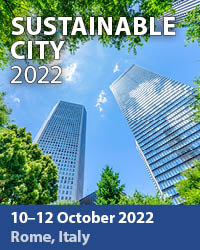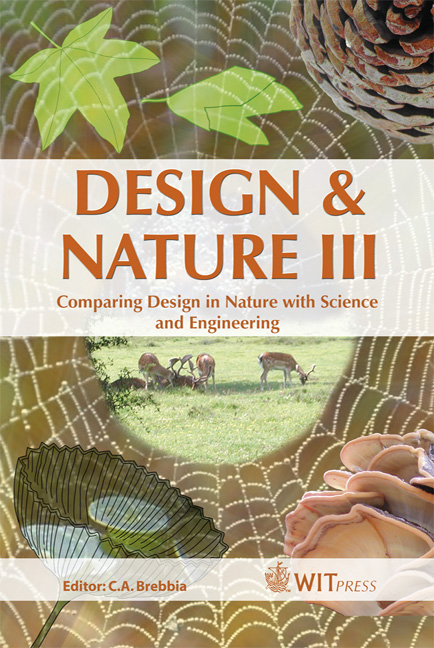Bionics Vs. Biomimicry: From Control Of Nature To Sustainable Participation In Nature
Price
Free (open access)
Transaction
Volume
87
Pages
10
Published
2006
Size
317 kb
Paper DOI
10.2495/DN060281
Copyright
WIT Press
Author(s)
D. C. Wahl
Abstract
Quantum theory, complexity theory, and ecosystems theory, along with anthropogenic climate change and ecosystem collapses are confronting humanity with insights that will crucially inform the re-design of products, processes, services and institutions in order to catalyse the transition towards a sustainable human civilization. In a fundamentally interconnected and unpredictable world, where local actions have global consequences, the intentionality behind science and design needs to shift from aiming to increase prediction, control and manipulation of nature as a resource, to a transdisciplinary cooperation in the process of learning how to participate appropriately and sustainably in Nature. A participatory conception of nature–culture relationships acknowledges the dependence of humanity on healthy ecosystems and a healthy biosphere. It implies the need for a salutogenic design approach that increases human, societal and ecological health synergistically. In order to create sustainable designs that are sensitive to the unique social, cultural and ecological conditions of a particular place and facilitate the emergence of health as a system-wide and scale linking property, designers will have to move from a detached perspective of culture as apart from nature and learning about nature, to a more holistic and participatory perspective of culture as a part of Nature and learning from Nature. This paper suggests that bionics and biomimicry represent two distinct approaches to ‘design and nature’ based on different conceptions of the relationship between nature and culture. An effective transition towards sustainability, mediated by design, will have to be informed by a holistic and participatory conception of nature and culture within a fundamentally interconnected and unpredictable complex dynamic system. Keywords: sustainability, complexity, bionics, biomimicry, transdisciplinary, design, health, scale-linking, salutogenic, ecology.
Keywords
sustainability, complexity, bionics, biomimicry, transdisciplinary,design, health, scale-linking, salutogenic, ecology.





